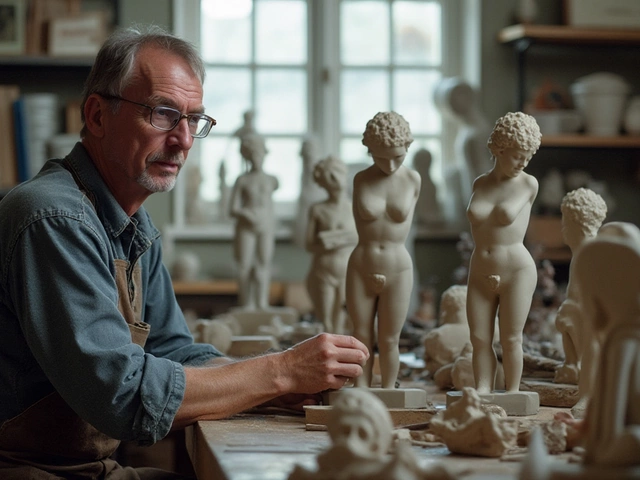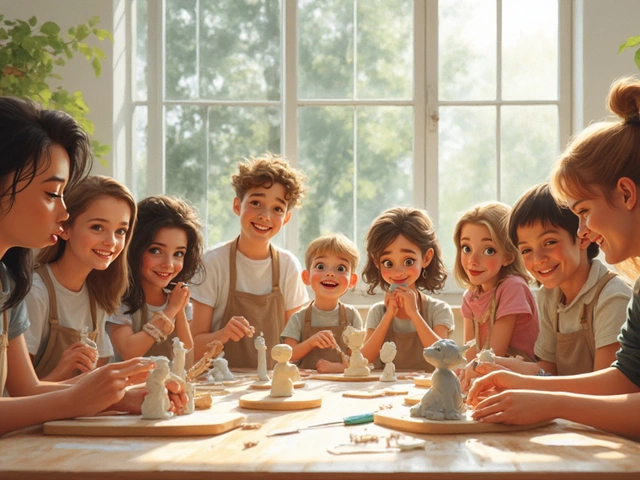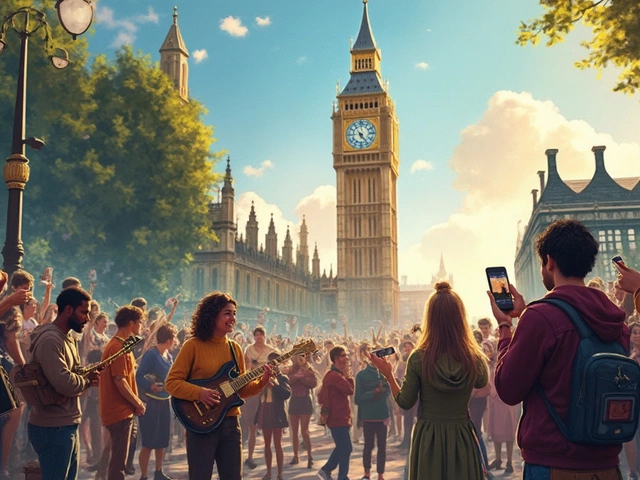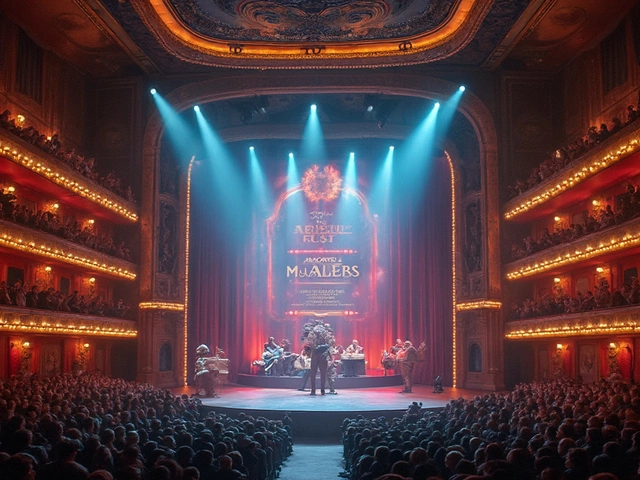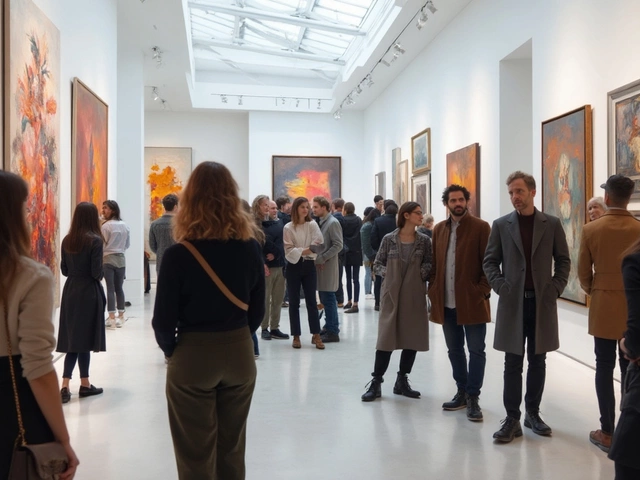Abstract Painting: What It Is, Why It Matters, and How to Understand It
When you look at an abstract painting, a form of visual art that doesn’t aim to represent the physical world realistically but instead uses color, shape, and form to express emotion and ideas. Also known as non-representational art, it’s not about what you see—it’s about what you feel. People often say they don’t get it. But that’s not because it’s confusing. It’s because they’re still looking for a tree, a face, or a house—and those aren’t the point.
Abstract painting emerged as a rebellion. Artists like Kandinsky and Pollock stopped copying the world and started pouring their inner states onto the canvas. It’s not magic. It’s not luck. It’s a deliberate choice to let color carry weight, brushstrokes carry rhythm, and empty space carry tension. This is where abstract expressionism, a post-WWII movement focused on spontaneous, emotional brushwork and large-scale canvases comes in. Think drips, smears, and bold strokes that feel like a heartbeat. Then there’s geometric abstraction, art built on clean lines, shapes, and precise compositions, often inspired by math or architecture. Think Mondrian’s grids or Albers’ color squares. And don’t forget lyrical abstraction, a more fluid, poetic cousin that leans into soft edges, subtle gradients, and intuitive mark-making. These aren’t just styles—they’re different languages.
What ties them together? They all reject literal representation. They don’t need to look like anything real to mean something real. A splash of red isn’t a cherry—it’s anger. A jagged line isn’t a branch—it’s anxiety. That’s why abstract painting can feel intimidating. But it’s also why it’s so freeing. You don’t need to draw perfectly to make it. You just need to be honest.
And that’s what you’ll find in the collection below: real talk about how abstract painting works, how to read it, and how to make it—even if you’ve never held a brush. Some posts break down the three main types. Others show you how to start without fancy supplies. A few even tackle why people dismiss it—and why that says more about them than the art. No fluff. No jargon. Just clear, practical insight into what abstract painting really is, and how you can connect with it.
How to Create Abstract Art: A Practical Guide for Beginners
Learn how to create abstract art without needing formal training. Discover intuitive techniques, simple materials, and the mindset to let emotion guide your brush. Start today-no perfection required.
Continue Reading
